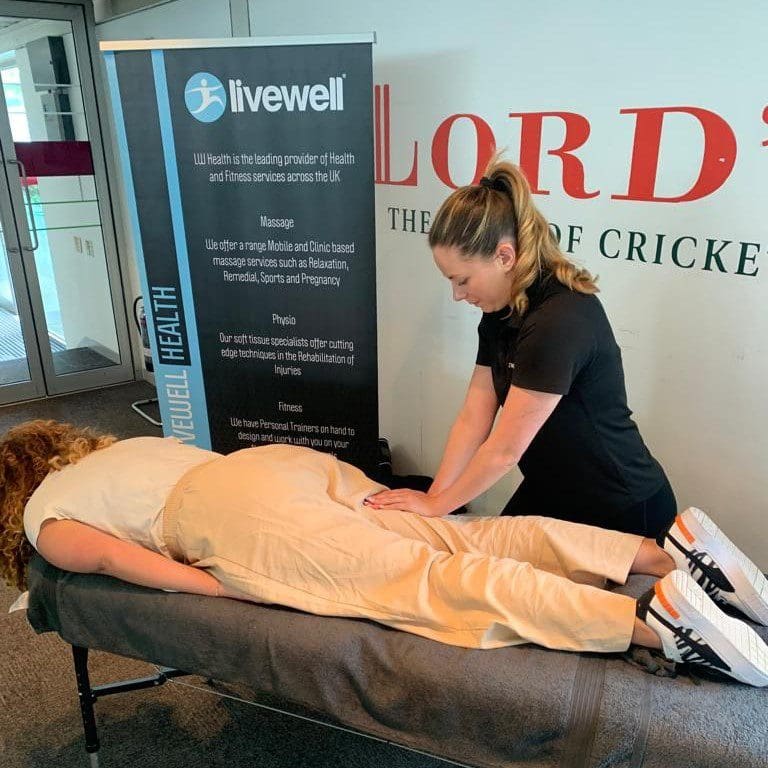Caffeine is naturally occurring chemical compound that functions in the body mainly as a mild nervous system stimulant. It is a popular substance among athletes, as it has been shown to enhance performance in a number of ways. It can increase alertness, improve reaction time, and reduce perceived effort during exercise, which can lead to improved endurance and overall performance. Additionally, caffeine has been shown to have a positive impact on cognitive function, helping athletes to maintain focus and mental clarity during competition or training.Caffeine is readily available in many forms, including drinks such as coffee and energy drinks, as well as supplements like caffeine tablets or gels. While caffeine can provide a number of benefits to athletes, it is important to use it responsibly and in accordance with relevant rules and regulations, as it is a banned substance in some sports. Additionally, athletes should be aware of their own tolerance for caffeine and any potential interactions with other substances or medications they may be taking.
Timing and Dose
Caffeine is naturally occurring chemical compound that functions in the body mainly as a mild nervous system stimulant. The consumption of caffeine for performance has been widely researched, with significant effects for endurance, such as alertness and time to exhaustion (fatigue). The direct effects on single events involving strength and power, remains unclear, although is suggested to improve muscle performance through the activation of the central nervous system.

Performance Enhancement Effects
Increases alertness
- Increases attention and vigilance
- Reduces time to exhaustion (fatigue)
- Improves muscle performance
- Health advantages: decreased risk of type II diabetes, developing gallstones, colon cancer, and can improve cognitive function.
Possible Side Effects
Side Effects (only for frequent consumption of high dosages)
- Increased anxiety, jitteriness, arousal
- Gastro-intestinal issues
- Increased or irregular heartbeat
- Headaches
- Insomnia and hindered sleep quality
Strength Exercises
The direct effect of caffeine on short events and strength exercises remains unclear, and despite caffeine showing greater effects for endurance performance, it appears that caffeine could enhance performance in shorter events through four interrelated neuromuscular effects, improving muscle performance:
-
- Lowering the threshold for muscle recruitment.
- Altering excitation contraction coupling.
- Facilitating nerve impulse transmission.
- Increasing ion transport within muscles.
Fat Loss
Caffeine has been found to delay fatigue during exercise, which induces the breakdown of fat cells, by blocking adenosine receptors, that increases the quantity of free fatty acids in the bloodstream, increasing fat burning during exercise. Caffeine is also found to stimulate the metabolic rate, that is accompanied by greater fat oxidation, and an increase of the body’s production of heat (thermogenesis), which increases daily energy expenditure.
Sources of Caffeine
Coffee (> 60 mg)
Tea (black tea ∼47 mg)
Anhydrous tablets (∼200 mg)
Pre-workout shots (∼250 mg)
Energy drinks (> 170 mg)
Caffeine gels (∼75 mg)
Dark chocolate (∼24 mg)



